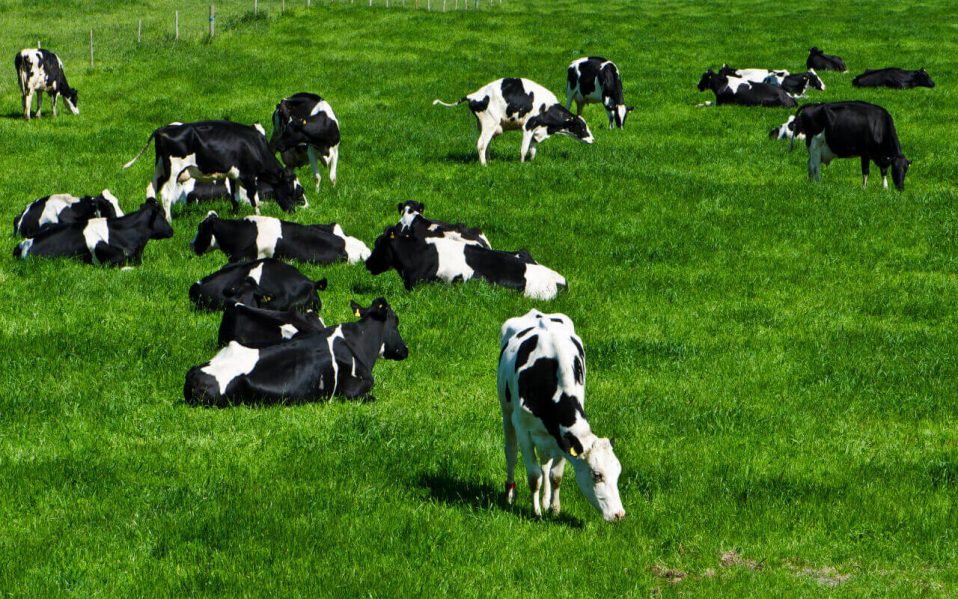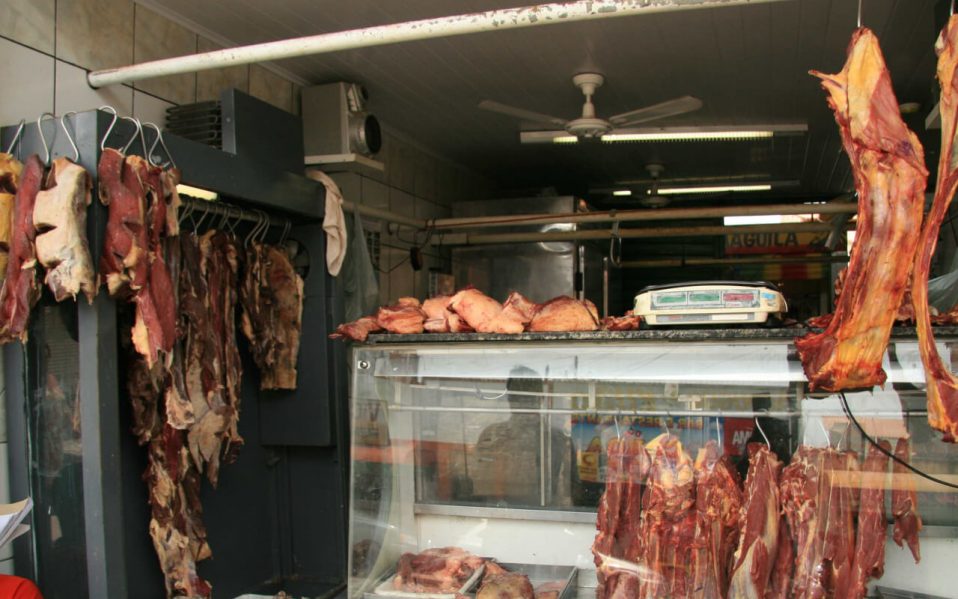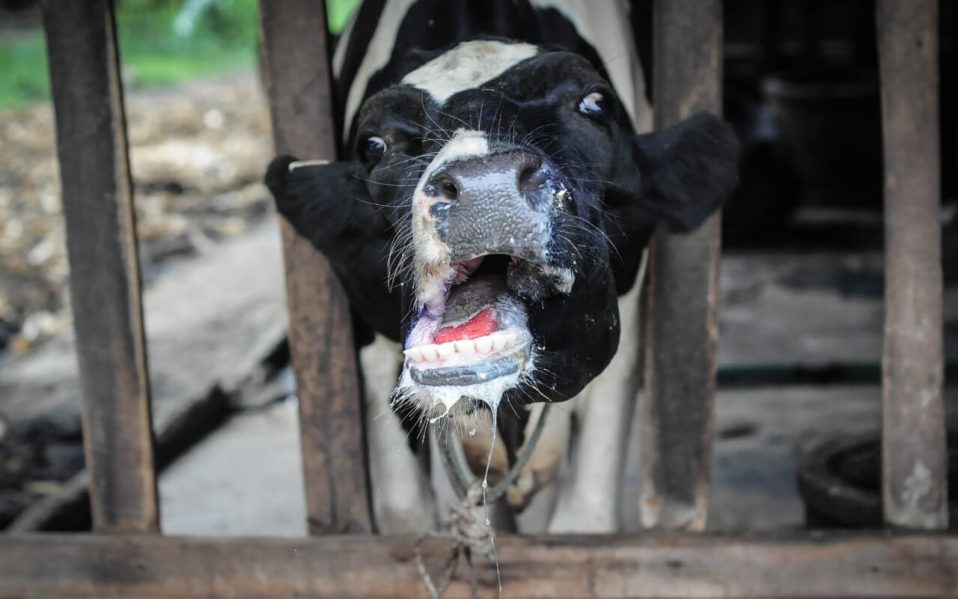Biogas is combustible gas generated by decomposing biodegradable wastes under airtight condition. Farmers often use cow dung, but alternatives such as pig and chicken wastes are quickly gaining popularity.
Farmers are also using plant residues such as sugarcane as well as water hyacinth. While most farmers use biogas for cooking, it is also used to generate electricity.
Biogas is free and safe to use. Unlike Liquefied Petroleum Gas (LPG), biogas is not prone to fire accidents. It is connected straight from the source to the cooking stove. When correctly installed, the gas burns in a clean blue flame, which cooks pretty fast.
A well installed biogas plant (digester) offers a smart alternative to other types of fuel such as wood, kerosene or charcoal. Farmers are, however, advised to carefully choose the type of digester that meets their energy needs at the comfort of their budget.
Choosing the right digester
The construction costs of most biogas digesters are within the reach of many small to medium scale farmers. The cost however varies depending on the size and type of biogas plant one chooses to install.
There are two types of costs to consider; the initial cost and maintenance costs.
The initial costs are not easy to estimate, but the maintenance cost may present as hidden costs for a novice in the technology. Most maintenance costs are recurring, and include expenses in corrosion damage, gas leakage, as well as in repairs and painting.
There are various types of digesters. In East Africa though, only three have gained adoption.
Fixed dome
It is a closed, dome-shaped digester with a fixed gas holder and a compensation tank. The compensation tank holds the displaced slurry, while the gas holder traps and stores the biogas.
It is mostly preferred due to its elongated lifespan of 20 years or more as well as relatively low initial cost. Since there are no movable parts or rusting steel parts in the digester, the maintenance costs are also low.
The plant is constructed underground, which protects it from physical damage and saves on space, especially for a farmer with a small piece of land.
These plants are effective in areas which experience very cold night temperatures as well as places with high day and night temperature fluctuations.
But for regions with few hours of sunshine or short warm seasons, the fermentation process in these models is not very effective as they are not easy to heat, yet heat is one of the greatest requirements for fermentation to occur.
The construction is highly labour intensive and technical, and should be supervised by a qualified technician.
Floating drum digesters
The expediency of these digesters is made even better by the ability to easily determine the volume of biogas available. But like all good things, the floating dome digesters come with their own share of challenges. They have a high construction cost.
Their maintenance costs are also relatively high, since the movable parts require frequent servicing to avoid corrosion.
The digesters also have a comparatively lower lifespan, with an expected lifespan of up to 15 years. In hot and humid regions such as the coastal region, the lifespan could drop to five years.
Polythene tube digester
Also known as the tubular digester, it is among the most widely used by small scale farmers. It is both cheap and very simple to construct and maintain. The main digester material is the easily available and cost effective plastic tube, the same one commonly used by farmers for hay making. The most frequently used tube size is 8-10 metres which can produce 5M3 of biogas per day, sufficient to cook for about three hours under moderate gas pressure.
Although it can work well under a wide range of temperatures, its optimum performance is at 35-40° C. At temperatures below 10° C, the fermentation grinds to a halt.
For regions which experience an average temperature of below 15° C, farmers are advised to settle for a different, or a larger digester so as to maximise on the amount of gas generated at the optimum temperature periods. The digesters are also prone to damage.They must therefore be guarded from intruders, including livestock and harsh weather.
Their lifespan is comparatively low, estimated at five years under suitable conditions. But with a cost of about less than Sh10,000, it is a venture many small scale farmers can embrace.
So, are you a farmer who loves clean, free energy to cook and light your house? Do you love the thought of conserving the environment while at it? Then this technology is what you need.
The best part is that you neither need to be a millionaire, nor the proud owner of a large herd of cattle. You can still implement the venture at the comfort of your budget.
Better still, it only requires a small piece of land to successfully execute the biogas venture. You must however be careful to choose which biogas digester works best for you, and store sufficient water, as you will need it to successfully enjoy the benefits of an effective biogas plant.
Dr Mureithi is a science and communication expert and a lecturer.
This article was first published in the ‘Smart Harvest’ feature of the Standard on Saturday edition of 23rd January 2016.




